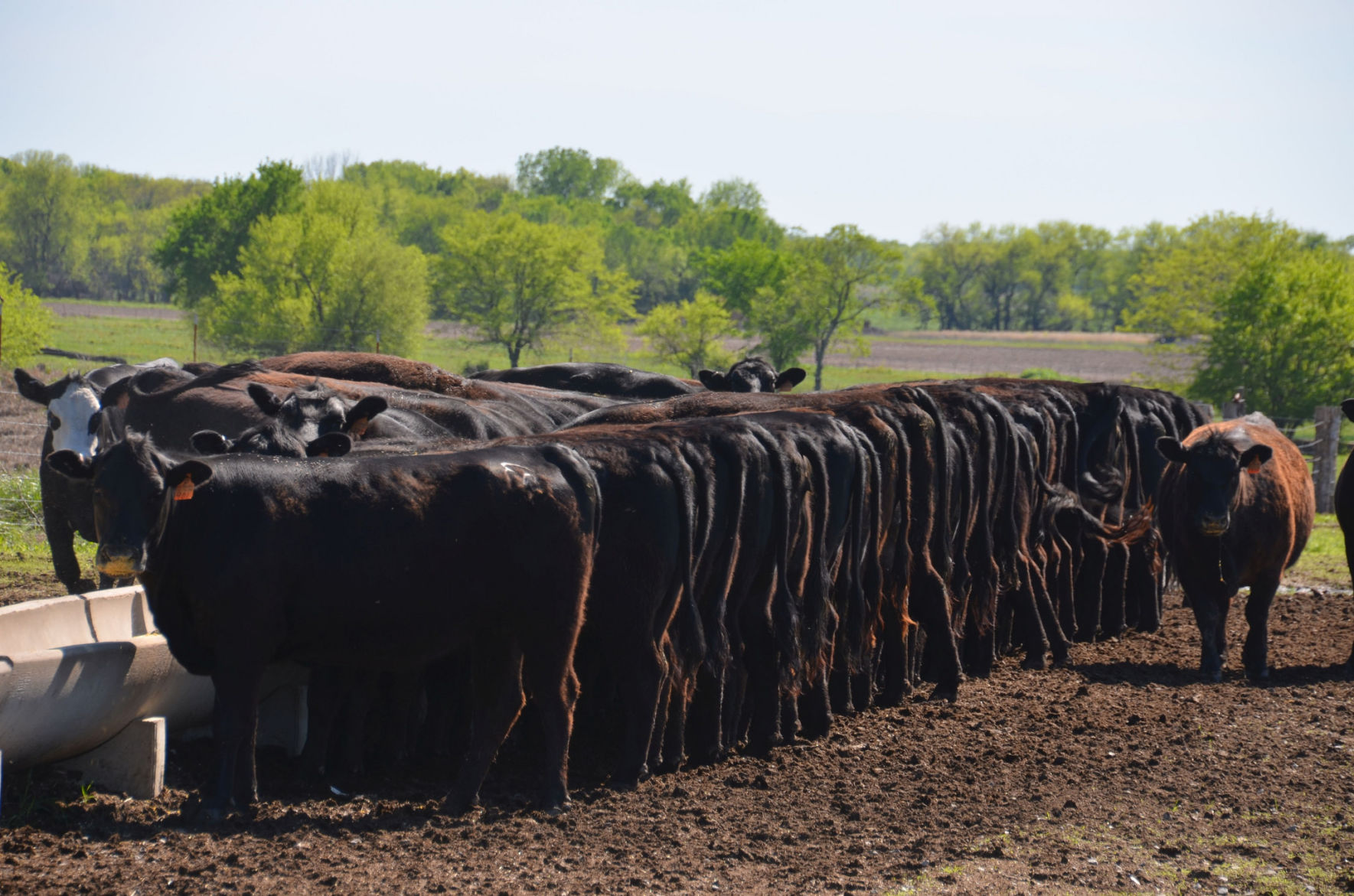Concentrate feeds can be a cost-effective option under certain conditions
In years when hay and forage production is low due to drought, hay prices often escalate, and in severe cases, forage of any kind may be hard to obtain. Limit feeding can be a cost effective strategy to retain the cow herd nucleus during these periods. Depending on the price of grain, nutrients to maintain and grow cattle may be cheaper to purchase through concentrate feeds rather than roughage. This nontraditional approach is often referred to as “limit feeding” or “program feeding” because the diet is much more nutrient dense compared to hay or dry grass, and the amount consumed must be limited.
Great Plains Grazing researcher David Lalman, Oklahoma State University animal science professor and beef cattle nutrition specialist, will present a free webinar, “Limit feeding during drought” at 10:30 a.m. (CDT) on May 25. The webinar is open to anyone interested in gaining a better understanding of limit feeding options to maintain cows when forage is limited. Webinar participants can expect to learn about the potential benefits and limitations of limit feeding, how to compare feed energy sources, and how to determine feed rations.
According to Lalman, limit feeding is not for everyone. Adoption is limited by the additional labor requirement, management skills, feed storage capacity, and the availability of feed bunks, feed delivery equipment, and a well-drained dry lot or sacrifice pasture. The cost effectiveness of limit feeding will depend on each producer’s price of alternative forage, the price of grain, and the price of the supplement needed for the hay or the limit feeding program.
Lalman’s primary extension responsibilities with OSU are in cow/calf and stocker cattle nutrition and management. His extension and research emphasis is on increasing profitability and/or reducing the cost of production through improved forage utilization, defining optimal management practices, and evaluating beef production systems.
The May 25 webinar is part of a monthly series hosted by Great Plains Grazing, a U.S. Department of Agriculture-Agriculture and Food Research Initiative-Coordinated Agricultural Project grant. The series aims to provide research-based information and is targeted for producers and extension agents. Previous webinars are archived and available for viewing on the Great Plains Grazing website: www.greatplainsgrazing.org.
Interested individuals can register for the free webinar at http://bit.ly/2LiHKPs.



